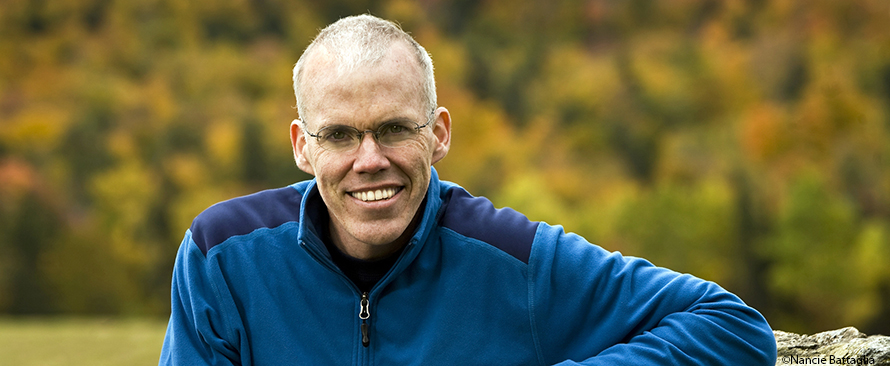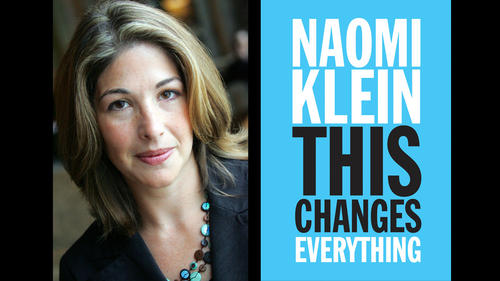No species survives unless it is good at adapting to its environment. And environments can change very fast.
Climate change has been humanity’s wake up call. Energy is at the heart of everything we do. For centuries we have used the energy of the sun in one form or another. It was only when oil was discovered, a form of stored sunlight energy compacted for millions of years, economic growth really took off.
How dense is oil? Richard Heinberg explains that to push your car for 30 miles would take 6-8 weeks of hard labour, but you can put a gallon of petrol in your car and get there quickly for a few dollars .
We use fossil fuel energy not just to power our cars and tractors, but power our assembly lines, make our cement, plastic, pharmaceuticals and paints. As the low hanging fruit becomes exhausted, the cost of digging out fossil fuels rises and the unconventional oil, gas and coal is of not such high quality. Despite massive financial challenges, oil companies continue to forecast increases in extraction.
When climate scientist Bill McKibben first wrote in 1989 on the coming climate challenge, he didn’t foresee the pace of change. He continues to be astonished at the rapidity of loss of Arctic ice, increasingly devastation cyclones and other extreme weather events. In a talk to the Oberlin College and Conservatory conference in Ohio, After Fossil Fuels: the Next Economy, he said we now have a very limited timeframe.
Founder of the Carbon Tracker, Mark Campanale, reminded listeners that economist Nicholas Stern had estimated that to get to two degrees of warming the world needed to spend $90 trillion in infrastructure for a low carbon economy. Campanale had calculated that there is only a 50% chance of getting there in the time estimated by major governments signing the Paris Agreement using their scenarios. There is so much unburnable carbon in the reserves of oil, gas and coal companies, that even if there was no further digging or mining activity than there is now, we would still overshoot the 2 degrees.
To put this $90 trillion in investment needed in perspective, the world GDP is $70 trillion and the total value of the stock of all the companies in the world is only $60 trillion. Campanale, a sustainable investment analyst, noted that some investors are saying it will all blow over and it is cyclical. So they keep their shares in fossil fuel companies until this happens. All the oil companies and OPEC forecast continual growth of fossil fuel extraction.
Two weeks before this particular conference Bill McKibben had posted an article Recalculating the Climate Math, in which he wrote that scientists now think that 2 degrees is too much warming. Moreover burning the fossil fuels in the currently operating plants worldwide would actually bring us above 2 degrees. So the amount we can burn has to be reduced from 943 to 800 gigatons of CO2. And if we are going to get to 1.5 degrees, a goal set in Paris, we will need to close all the coal mines and some of the gas fields we’re currency operating long before they are exhausted. He finishes by saying ‘And if we don’t get it right, then all of us—along with our 10,000-year-old experiment in human civilization—will fail.’
The conference also had wonderful contributions from those involved with the divestment movement.
I have watched a considerable amount of this conference on youtube. While it is great as far as it goes, it would be even greater if this movement was linked to the very exciting currency design movement and the movement to reform the tax system so that taxes come from largely from ground rents. Imagine if they knew that dual currencies can lead to innovation and prosperity if the domestic currency is designed to decay naturally. Yes imagine them knowing that the design of the currency actually affects whether you think long term or short term. Imagine them realising that it is critical to neutralise those who oppose carbon taxes because they fear job losses and there is finally a way of getting a basic income through rent sharing and this gives them safety from redundancy. Imagine if they asked and really understood what caused the economic growth imperative and how to fix this. Imagine if they realised the political impossibility of centralised solutions to many issues. But insofar as it goes, it has contributed heaps. And it is very exciting that the critical topic is being discussed – how to design the next economy. This is what the New Economics Movement has been doing now for a considerable time.


